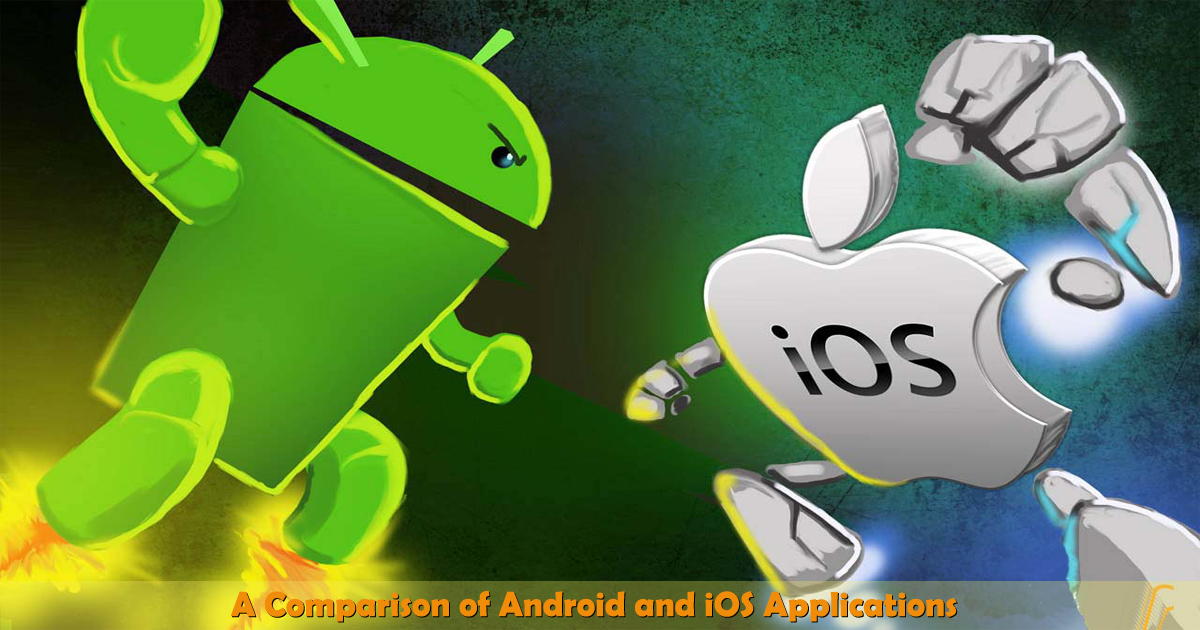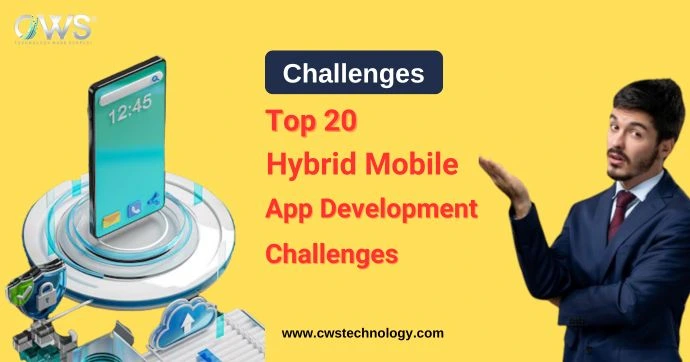In the realm of mobile app development, two giants stand tall: Android and iOS. The battle between these two platforms has been ongoing, with each boasting its own set of strengths and weaknesses. Whether you’re a developer or a user, understanding the nuances of each can be crucial in making informed decisions. In this blog, we’ll dive into the world of Android and iOS applications, comparing their features, development processes, and market dynamics.
Android App Development Services: Harnessing the Power of Diversity
Android, with its open-source nature, offers a diverse ecosystem for developers. From smartphones to tablets, wearables to IoT devices, Android caters to a wide range of hardware platforms. This diversity presents both opportunities and challenges for developers. While reaching a larger audience is enticing, fragmentation can complicate the development process. However, with the right expertise and tools, developers can navigate these challenges seamlessly.
iPhone App Development Services: Crafting Exquisite Experiences
On the other side of the spectrum, iOS provides a curated and uniform environment for app development. With a limited range of devices and strict guidelines, iOS offers a seamless user experience across different Apple products. This uniformity simplifies the development process, allowing developers to focus on refining the user interface and experience. Additionally, the affluent user base of iOS devices presents lucrative opportunities for businesses targeting premium markets.
Understanding the Impact of Platform Choice on App Success
It’s fascinating how Android and iOS offer such distinct environments for app development, each with its own set of advantages and challenges. Android’s open-source nature indeed fosters diversity, catering to a wide array of devices and opening doors to a vast user base. However, this diversity can also lead to fragmentation issues, requiring careful navigation by developers.
On the other hand, iOS’s curated environment provides a streamlined experience for both developers and users. The uniformity across devices simplifies the development process and allows for a more focused approach to refining the user experience. Moreover, iOS’s affluent user base presents appealing opportunities for businesses looking to tap into premium markets.
Ultimately, the choice between Android and iOS development often depends on factors such as target audience, project requirements, and business objectives. Some may prioritize the broader reach of Android, while others may value the consistency and quality associated with iOS development. Regardless of the platform, having the right expertise and tools is crucial for success in today’s competitive app market.
Comparative Analysis: Android vs. iOS
Android and iOS are two dominant platforms in the mobile app ecosystem, each with its unique characteristics and advantages. While Android offers flexibility, hardware diversity, and a larger user base, iOS provides a more controlled environment, uniformity in hardware, and a curated app ecosystem. The choice between Android and iOS depends on factors such as target audience, development requirements, and business objectives. Here’s a comparison of Android and iOS applications across various aspects. Now that we’ve explored the individual strengths of Android and iOS, let’s compare them head-to-head:
- Development Environment:
- Android apps are primarily developed using Java, Kotlin, or in some cases, C++ with the Android SDK.
- iOS apps are developed using Swift or Objective-C with the iOS SDK.
- Market Share:
- Android has a larger global market share compared to iOS, primarily due to the availability of a wide range of devices from various manufacturers.
- iOS holds a significant market share, particularly in regions like North America and Europe, where iPhones are popular.
- App Distribution:
- Android apps are distributed through the Google Play Store, which allows for easy publishing and updates.
- iOS apps are distributed through the Apple App Store, which has stringent review processes but provides a curated experience.
- Fragmentation:
- Android platform is known for its fragmentation, with numerous devices running different versions of the operating system and varying hardware configurations.
- iOS devices are more homogenous, with a limited number of device models and a higher adoption rate of the latest iOS version.
- User Interface Guidelines:
- Android follows Material Design guidelines, emphasizing visual hierarchy, grid-based layouts, and consistent use of color and typography.
- iOS adheres to Human Interface Guidelines (HIG), focusing on clarity, deference, and depth, with an emphasis on intuitive navigation and consistent user experience.
- Monetization:
- Both platforms offer various monetization options, including in-app purchases, subscriptions, and advertisements.
- iOS users generally tend to spend more on apps and in-app purchases compared to Android users.
- Development Costs:
- Android app development may require additional resources and testing due to the need to support multiple devices and screen sizes.
- iOS app development can be costlier initially due to the higher cost of Apple devices required for testing, but it may result in lower ongoing maintenance costs due to fewer device variations.
- Security:
- iOS is often perceived as more secure due to its closed ecosystem and strict app review process.
- Android has faced more security concerns due to its open nature, but Google has implemented various security measures over the years to address these issues.
- Customization:
- Android offers more flexibility and customization options for both users and developers, allowing for greater control over the user experience.
- iOS provides a more consistent and controlled experience, with limited customization options for users and stricter guidelines for developers.
App Showdown: Android vs. iOS – Which Reigns Supreme?
India’s booming tech industry is fueled by a large pool of skilled developers, innovative startups, and established IT companies. These professionals possess expertise in various technologies, including Android and iOS app development, and are well-versed in the latest trends and best practices.
By collaborating with Indian developers, businesses can leverage their technical proficiency, creativity, and cost-effectiveness to bring their app ideas to life. Whether it’s developing a feature-rich Android app or a sleek iOS application, Indian developers have the skills and resources to deliver high-quality solutions that meet the unique needs of businesses and their target audience.
Furthermore, India’s vibrant startup ecosystem and collaborative work culture foster innovation and experimentation, making it an ideal environment for app development. By partnering with Indian developers and startups, businesses can access fresh ideas, cutting-edge technologies, and agile development methodologies to stay ahead of the competition and create apps that stand out in the market.
Conclusion: Choosing the Right Platform
In conclusion, the world of mobile app development is vast and ever-evolving. By understanding the nuances of Android and iOS, businesses can make informed decisions that align with their objectives. Whether you’re embarking on a new app venture or looking to enhance an existing one, leveraging the expertise of Indian developers can set you on the path to success.








